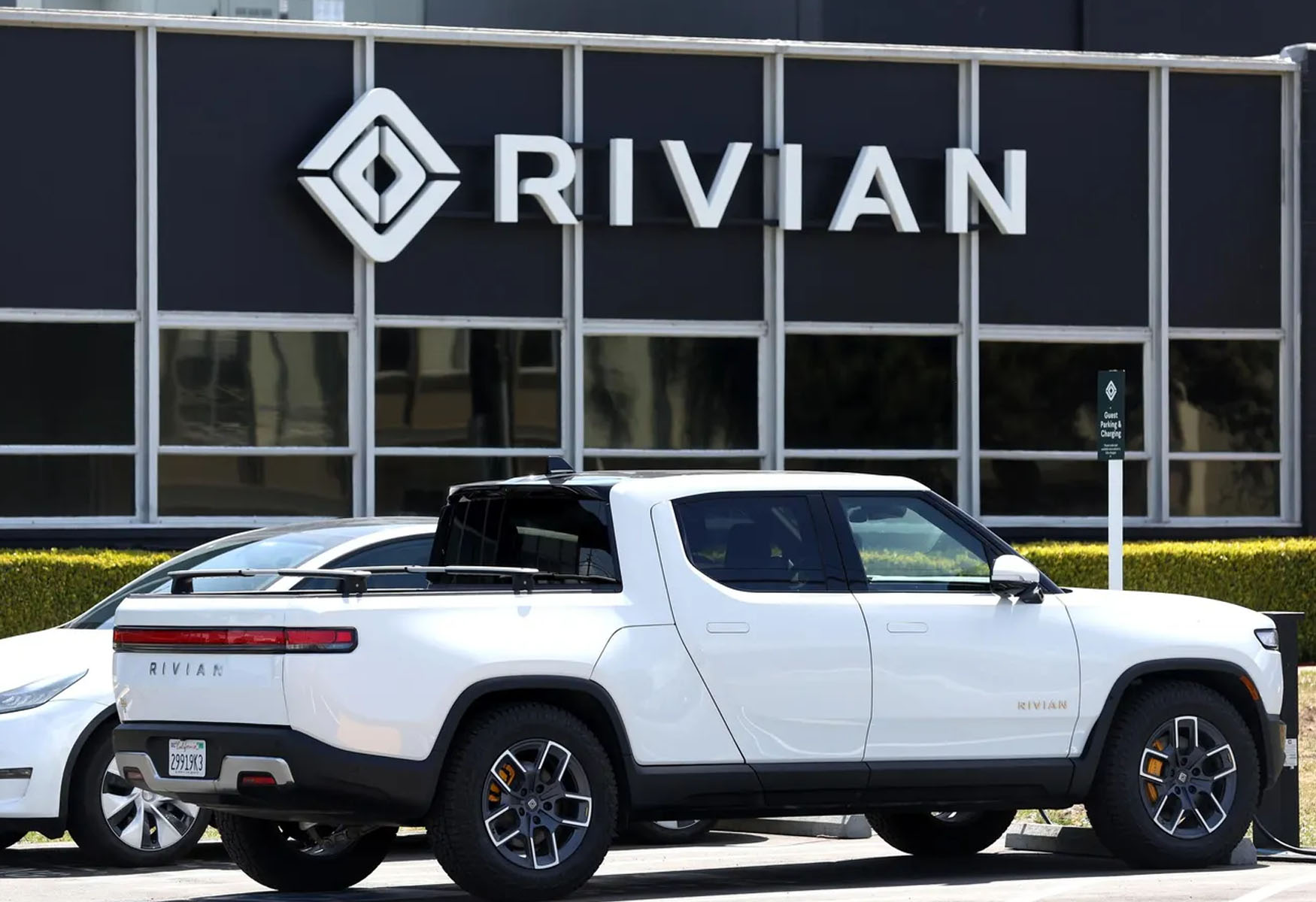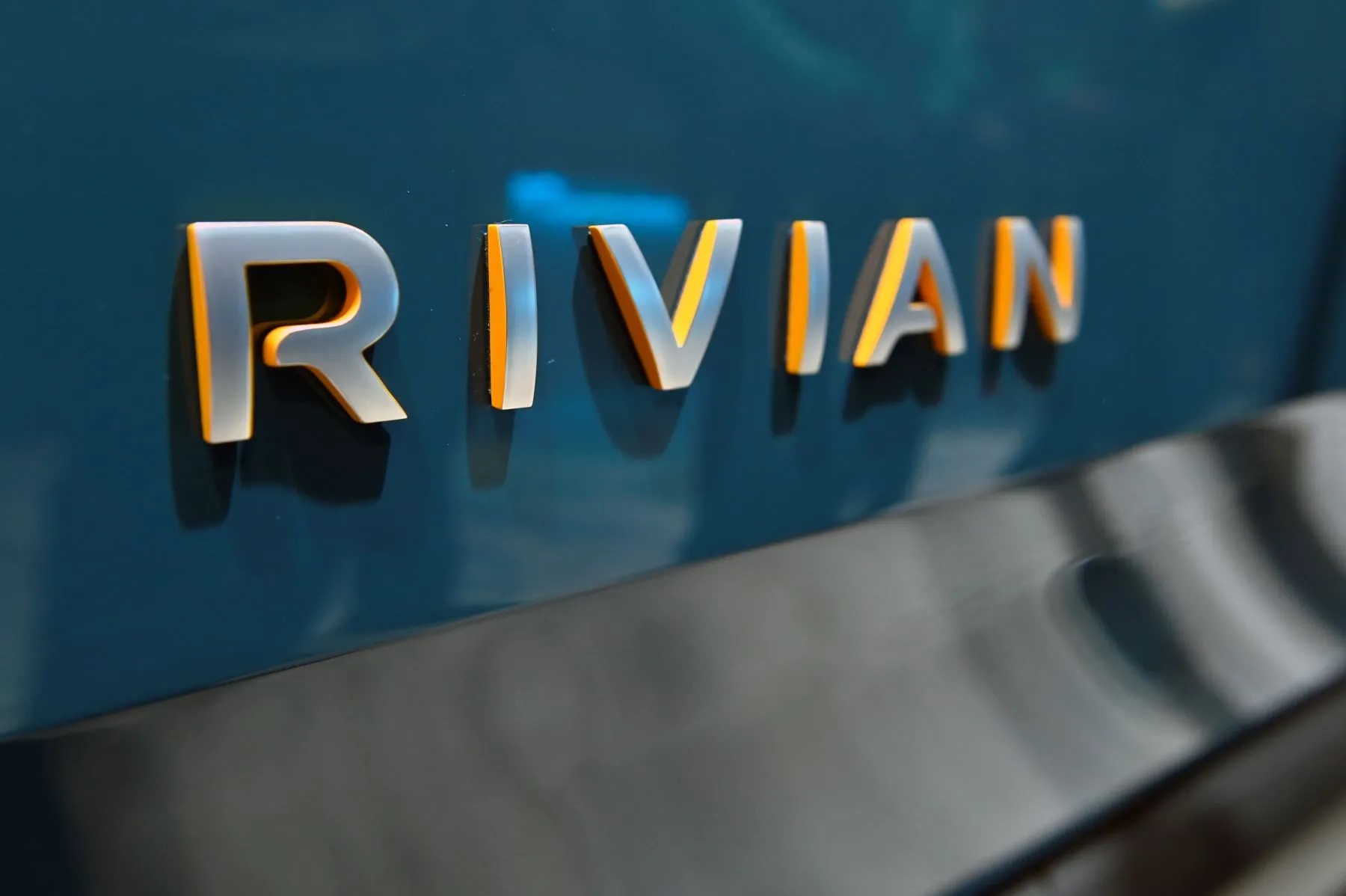Introduction
Welcome to the exciting world of trading and investing! If you’ve been following the electric vehicle (EV) industry, you’ve likely heard of Rivian, a company that has gained significant attention for its innovative electric vehicles. Rivian has been making waves with its all-electric pickup truck and SUV models, capturing the interest of both enthusiasts and investors alike.
In this article, we will dive into the topic of when Rivian is set to start trading, allowing eager investors to potentially get in on the action. But before we get to that, let’s take a brief look at Rivian and the concept of an initial public offering (IPO).
Rivian, based in Michigan, was founded in 2009 with a mission to develop sustainable transportation. The company has made a name for itself by focusing on electric adventure vehicles, aiming to combine performance with responsible manufacturing and eco-friendly technology. Rivian’s highly anticipated vehicles have garnered attention from customers, who have pre-ordered their trucks and SUVs, and from investors, who are intrigued by the potential of the EV market.
Now, as Rivian prepares to go public, it’s important to understand what an IPO actually entails. An initial public offering is when a private company offers its shares to the public for the first time, allowing investors to buy a stake in the company. This gives the company an opportunity to raise capital, expand its operations, and provide a way for early investors and employees to monetize their ownership stakes.
Once a company goes public, its shares become listed on stock exchanges, enabling investors to buy and sell those shares on the open market. The trading of stocks takes place during specific hours, which we will delve into later in this article.
With the stage set, it’s time to address the burning question: when can investors start trading Rivian? Keep reading to find out the details and get ready to potentially join the Rivian investing frenzy!
Background on Rivian
Rivian is a company that has been making waves in the electric vehicle (EV) industry with its unique approach to sustainable transportation. Founded in 2009 by CEO Robert “R.J.” Scaringe, Rivian set out to create electric adventure vehicles that are not only environmentally friendly but also offer exceptional performance and practicality.
The company’s focus on electric vehicles for outdoor enthusiasts has garnered attention from both consumers and investors. Rivian’s first two models, the R1T pickup truck and the R1S SUV, have generated a significant amount of interest and received praise for their design, capabilities, and advanced technology.
What sets Rivian apart from other EV manufacturers is its commitment to creating vehicles that cater to adventure and exploration. The R1T pickup truck boasts impressive off-road capabilities, with features like adjustable suspension and a large load bed for all your gear. Meanwhile, the R1S SUV offers three rows of seating, ample cargo space, and the ability to go off-road with ease.
In addition to manufacturing vehicles, Rivian has recognized the importance of developing a charging infrastructure to support its customers. The company has unveiled plans for a network of charging stations along popular adventure routes, ensuring that Rivian owners will have convenient access to charging while exploring the great outdoors.
Rivian has also positioned itself as a leader in sustainability and responsible manufacturing. The company has implemented numerous initiatives to reduce its environmental impact, such as using recycled materials, renewable energy sources, and adopting a closed-loop battery recycling program.
With the company’s focus on innovation, sustainability, and catering to adventure enthusiasts, it’s no wonder that Rivian has captured the attention of investors. Over the years, Rivian has secured significant funding from various sources, including strategic partnerships with major companies like Amazon and Ford.
In 2020, Rivian announced plans for an initial public offering (IPO), which would allow the company to raise additional capital and potentially fuel its future growth. The anticipation surrounding Rivian’s IPO has been high, and investors are eagerly awaiting the opportunity to invest in this promising EV manufacturer.
Now that we have a better understanding of Rivian and its focus on electric adventure vehicles, let’s move on to the next section, where we’ll explore the concept of an IPO in more detail.
Initial Public Offering (IPO)
An initial public offering (IPO) is a significant milestone for a company as it marks the transition from being privately owned to becoming a publicly traded entity. In the case of Rivian, the company has decided to go public to raise additional funds and provide an opportunity for investors to buy a stake in the company.
When a company decides to go public, it typically works with investment banks to facilitate the process. These banks underwrite the IPO, which means they help determine the initial price of the shares and handle the sale of those shares to investors. This collaboration helps ensure a smooth transition for the company entering the public market.
One of the main reasons companies choose to go public through an IPO is to raise capital. By offering shares to the public, the company can attract investment from individuals and institutions, providing an influx of funds that can be used for a variety of purposes. This includes funding research and development, expanding production capacity, marketing efforts, and possible future acquisitions.
Another benefit of going public is the increased visibility and credibility that comes with being a publicly traded company. It can enhance the company’s brand reputation and provide opportunities to collaborate with strategic partners, leading to further growth and market share.
However, going public also comes with additional responsibilities and regulatory requirements. Publicly traded companies are subject to stricter financial reporting standards, making their operations more transparent to shareholders and regulatory authorities. This increased transparency helps build trust and confidence among investors.
For investors, the IPO provides an opportunity to gain exposure to a promising company in its early stages. Buying shares at the IPO price allows investors to potentially benefit from any future growth in the company’s value. Additionally, being a part of a company’s journey from private to public can be an exciting and potentially lucrative investment opportunity.
Now that we have a better understanding of what an IPO entails, let’s move on to the next section, where we’ll explore the process of trading on stock exchanges.
Trading on Stock Exchanges
Trading on stock exchanges is the process of buying and selling shares of publicly traded companies. Once a company goes public through an IPO, its shares become listed on one or more stock exchanges, providing a platform where investors can trade those shares.
Stock exchanges are highly regulated marketplaces where buyers and sellers come together to trade securities. Examples of well-known stock exchanges include the New York Stock Exchange (NYSE) and the Nasdaq Stock Market in the United States, the London Stock Exchange in the United Kingdom, and the Tokyo Stock Exchange in Japan.
Trading on stock exchanges is facilitated through brokerage firms, which act as intermediaries between the investors and the stock exchange. Investors can place orders to buy or sell shares through their brokerage accounts, and these orders are executed on the exchange.
There are two main types of trading that occur on stock exchanges: primary market and secondary market trading. In the primary market, the initial sale of shares takes place through the IPO or subsequent offerings. Once the shares are listed on the exchange, they can then be traded in the secondary market among investors.
In the secondary market, trading typically occurs during regular trading hours, which are specific to each stock exchange. These trading hours provide a window of time during which investors can place orders and execute trades. It’s important to note that trading hours may vary based on the stock exchange’s location and the specific regulations in place.
During trading hours, buyers and sellers can place different types of orders, such as market orders, limit orders, or stop orders. Market orders are executed at the current market price, while limit orders allow investors to set a specific price at which they are willing to buy or sell shares. Stop orders are triggered when the stock reaches a specified price, and they can be used to limit losses or lock in profits.
After the trading hours, trading may continue in what is known as the after-hours market or pre-market trading. This is a period of extended trading outside the regular trading hours, allowing investors to react to news and events that occur outside the normal market hours. However, it’s important to note that trading volumes during these periods are generally lower compared to regular trading hours.
Now that we have a better understanding of trading on stock exchanges, let’s move on to the next section, where we’ll explore when investors can start trading Rivian.
Trading Hours of Stock Exchanges
Stock exchanges have specific trading hours during which investors can buy and sell shares. These trading hours provide a structured and regulated environment for market participants to conduct their transactions. While these hours can vary depending on the exchange and the country in which it operates, there are some general patterns that most stock exchanges follow.
Typically, stock exchanges operate on weekdays, Monday through Friday, and are closed on weekends and public holidays. The trading day is divided into several key sessions, each with its own characteristics and participation levels.
One of the most important sessions is the regular trading hours, also known as the continuous trading session. This is the main part of the trading day where most of the trading volume occurs. During this period, investors can place orders to buy or sell shares based on the prevailing market prices. Regular trading hours usually start in the morning and extend into the afternoon, providing sufficient time for participants to engage in trading activities.
In addition to regular trading hours, some exchanges have pre-market and after-hours trading sessions. Pre-market trading allows investors to trade stocks before the regular trading hours begin. This session is often favored by investors who want to react to news or events that may have occurred outside of the regular trading hours. After-hours trading, on the other hand, takes place after the regular trading hours end and provides an extended window for investors to continue trading.
It’s important to note that pre-market and after-hours trading sessions may have lower trading volumes compared to regular trading hours. Additionally, not all stocks are eligible for trading during these extended sessions, so it’s essential for investors to check the specific rules and guidelines of the respective stock exchanges.
Aside from regular trading days, stock exchanges also have specific holidays when they are closed. These holidays vary across different countries and can include national holidays, religious observances, or other significant events. During these holiday periods, trading activities are halted, and investors will have to wait until the market reopens to continue trading.
It’s worth noting that trading hours can also be affected by events such as market volatility, technical issues, or unforeseen circumstances. In such cases, exchanges may implement temporary closures or trading halts to ensure the stability and integrity of the market.
Now that we have a good understanding of the trading hours of stock exchanges, let’s move on to the next section, where we’ll explore when investors can start trading Rivian.
When Can Investors Start Trading Rivian?
With the anticipation surrounding Rivian’s initial public offering (IPO), many investors are eager to know when they can start trading Rivian shares. The exact date and time for Rivian’s trading debut on the stock exchange will depend on the company’s IPO plans and the coordination with the underwriting investment banks.
Typically, after the IPO process is completed, there is a period known as the “quiet period.” During this time, the underwriters and regulatory authorities review and finalize the shares’ allocation and pricing. Once this process is complete, the shares become available for trading on the designated stock exchange.
It’s important to note that the exact starting trading day and time for Rivian may not be immediately disclosed. Financial market regulations often require a specific waiting period before the shares are officially listed and made available for trading. This waiting period allows sufficient time for regulatory approval, pricing determinations, and other necessary preparations.
Market participants and potential investors can stay updated on the progress of Rivian’s IPO and trading debut through official announcements and news from trusted sources. Company filings with regulatory bodies, such as the Securities and Exchange Commission (SEC) in the United States, often provide insights into the IPO timeline.
Furthermore, investors can monitor the stock exchange’s website or financial news platforms for any official statements or notices regarding the commencement of Rivian’s trading on the exchange. The stock exchange will typically provide information about the trading symbol assigned to Rivian and the specific trading hours during which investors can place orders.
It’s essential for investors to exercise caution and conduct thorough research before entering into any trading activity. Understanding Rivian’s financials, business model, and industry trends can help investors make informed decisions about their investment strategies.
While the exact timing of when investors can start trading Rivian is subject to various factors, the excitement around Rivian’s IPO suggests that there will likely be significant interest and trading volume once the shares become available. Investors should be prepared to carefully analyze market conditions, set realistic expectations, and consider their investment goals and risk tolerance when deciding whether to participate in trading Rivian shares.
Now that we’ve explored when investors can start trading Rivian, let’s conclude this article by summarizing the key points we’ve discussed.
Conclusion
In this article, we’ve explored the exciting world of trading and investing, specifically focusing on when investors can start trading Rivian shares. Rivian, a renowned electric vehicle (EV) manufacturer, has gained significant attention for its innovative approach to sustainable transportation.
We began by providing background information on Rivian, highlighting its mission to develop electric adventure vehicles that offer both performance and eco-friendly technology. We then delved into the concept of an initial public offering (IPO), which marks the transition of a private company to a publicly traded entity. IPOs allow companies like Rivian to raise capital and provide opportunities for investors to buy a stake in the company’s success.
We discussed the trading process on stock exchanges, including regular trading hours, pre-market, and after-hours trading sessions. Understanding the trading hours and sessions is crucial for investors interested in buying or selling shares of publicly traded companies like Rivian.
While we couldn’t provide an exact date and time for when investors can start trading Rivian shares, we emphasized the importance of monitoring official announcements from Rivian and the stock exchange to stay updated on the progress of the IPO. Investors should exercise caution, conduct thorough research, and consider their investment goals and risk tolerance before participating in trading activities.
In conclusion, as Rivian prepares for its IPO and trading debut, investors eagerly anticipate the opportunity to participate in the market and potentially benefit from the company’s growth and potential. By staying informed and evaluating their investment strategies, investors can navigate the exciting realm of trading Rivian shares and potentially seize opportunities in the dynamic EV industry.

























